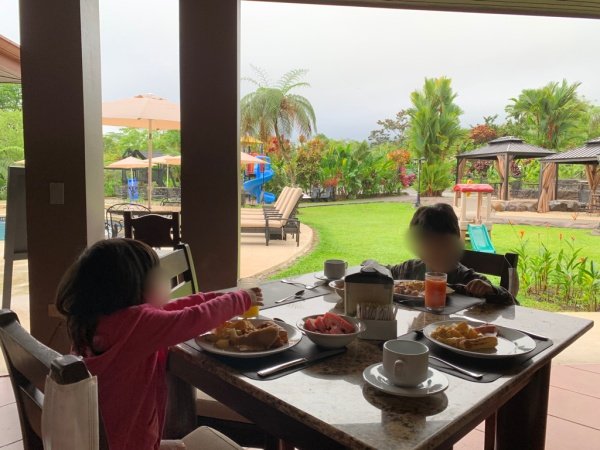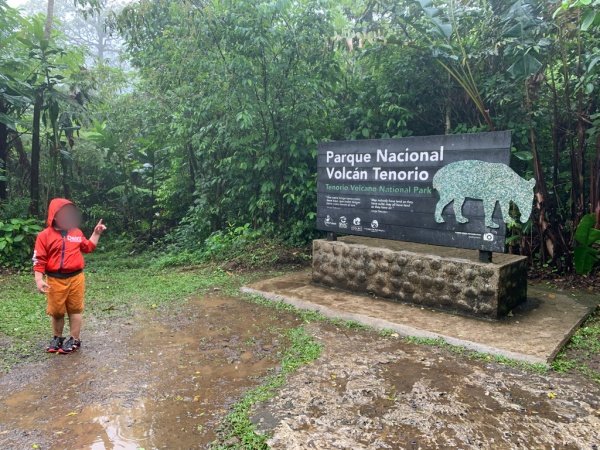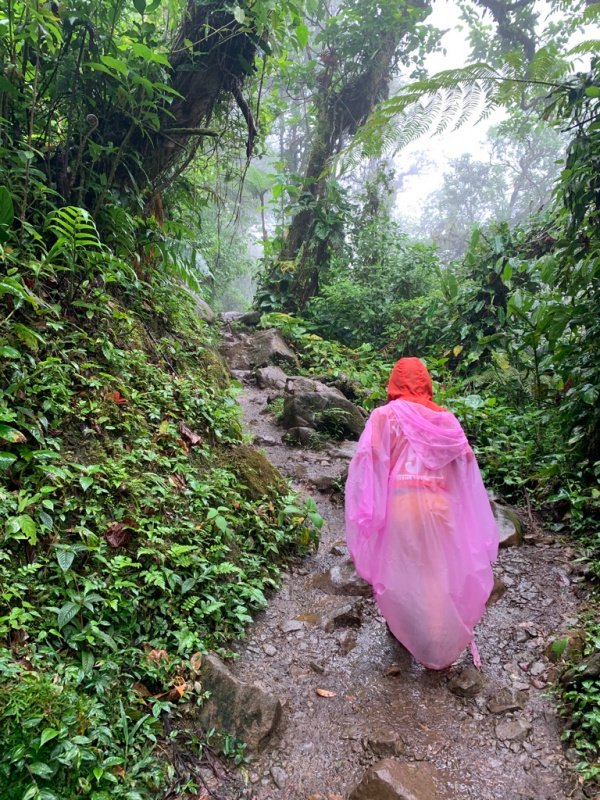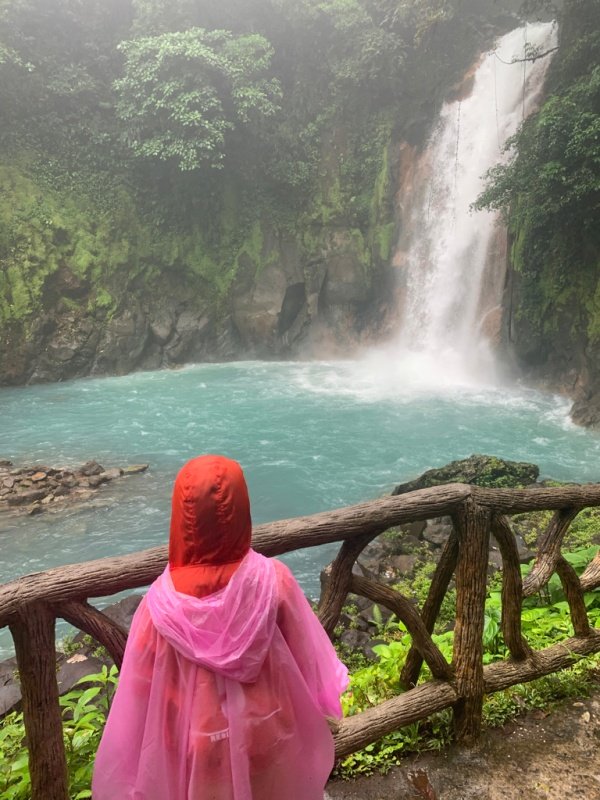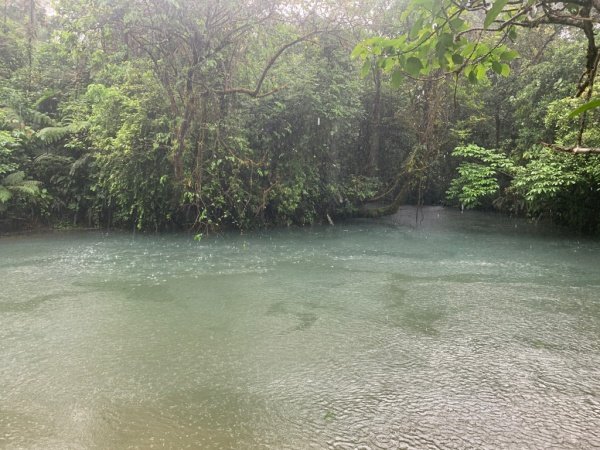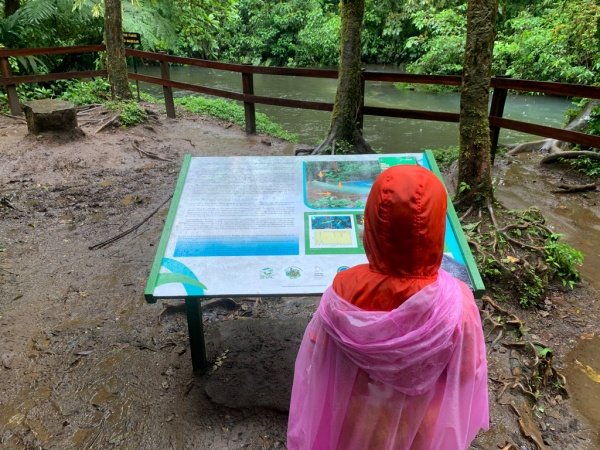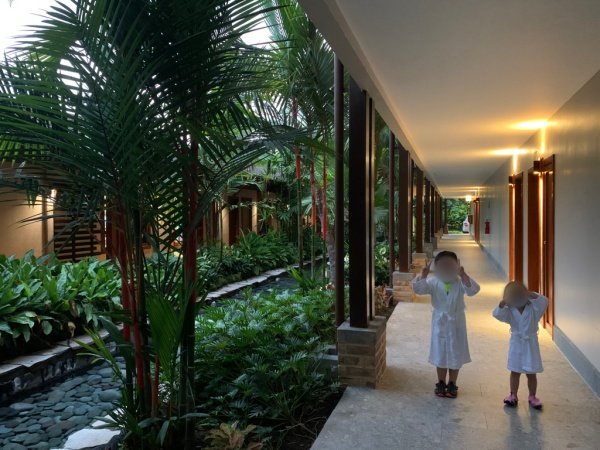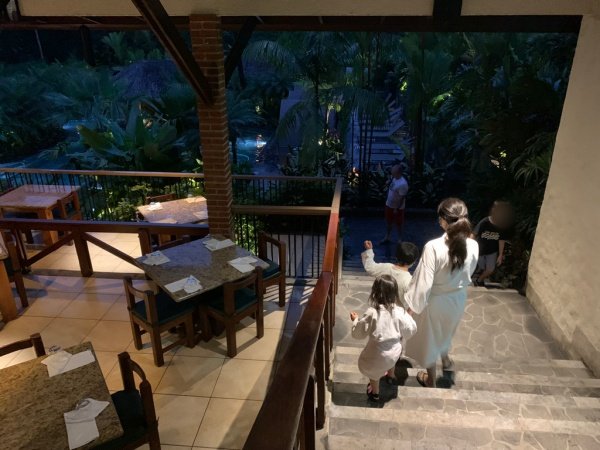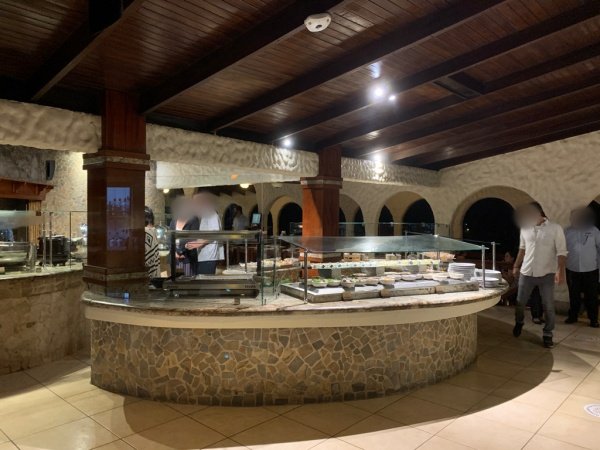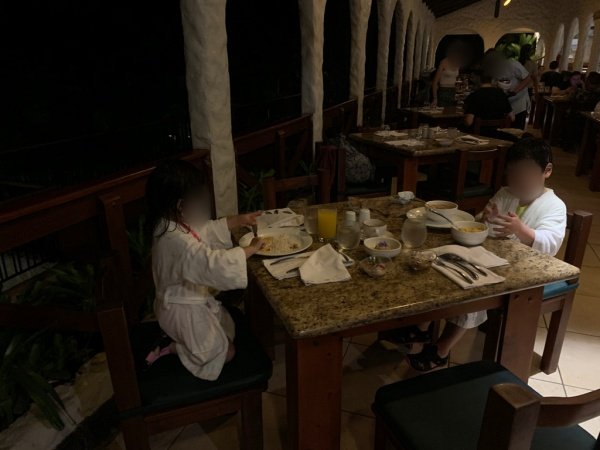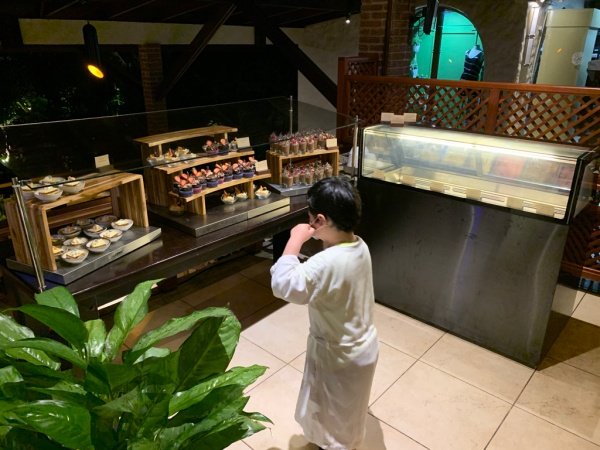Costa Rican Road Trip Episode 2: Chasing Blue Waters in Parque Nacional Volcán Tenorio and Soaking in Tabacon’s Thermal Bliss
On the second day of our Costa Rican adventure, we set off early to Parque Nacional Volcán Tenorio, waking up with the sun to make the most of the morning. Early starts are something of a ritual for visitors here, not just to beat the crowds but to avoid the notorious afternoon showers, especially during the lush “green season.” With Costa Rica’s tropical climate, the rising morning temperatures lead to afternoon rainstorms that can quickly drench an unprepared hiker. So, by following the time-honored local wisdom to get out before the heat—and rain—we packed up by 7 a.m. and hit the road, hoping to reach the park before it filled up.
March is technically in Costa Rica’s dry season, but we knew better than to take any chances. There was another reason for our urgency: with pandemic restrictions in place, only 500 visitors were being allowed into the park each day, so we wanted to make sure we got our spot. Thankfully, we arrived just after 9 a.m., but not without spotting a line of eager hikers gathering at the entrance. No plastic bottles or snacks are allowed past this point—a rule that helps keep this delicate ecosystem pristine.
The trail is about a four-mile round-trip with steep sections and mostly unpaved paths. Our kids took on the challenge enthusiastically, fascinated by the jungle’s sounds and colors. Hiking in Costa Rica is practically a jungle safari, with countless insects, vividly colored birds, and plants you’d be hard-pressed to find elsewhere. Even for the kids, every step felt like a discovery.
About a mile into the hike, we reached the main attraction: the waterfall along the Rio Celeste. Despite some lingering fog, we caught sight of the river’s stunning turquoise color, a surreal and almost glowing blue. We followed the river upstream, crossing small hanging bridges, which were a big hit with the kids, and finally reached the point where this remarkable color originates, known as Tenidero.
The vibrant hue of the Rio Celeste is caused by a unique natural phenomenon. At Tenidero, two clear rivers—the Rio Buenavista and the Quebrada Agria—meet, and a chemical reaction between their waters makes the aluminosilicate minerals in Rio Buenavista reflect light in such a way that the river appears a brilliant blue. Standing there, we could actually watch the color change as the two rivers merged, creating a natural wonder unlike anything we’d seen before. Mission accomplished.
After marveling at Tenidero, we retraced our steps along the trail. The hike back was a bit tiring for the kids, but they took it in stride, inspired by the beautiful views and their “blue river” adventure. This trek to Rio Celeste was the perfect family experience, filled with discovery, excitement, and a landscape that truly felt magical.
The end of the trail was about a mile away from the aforementioned waterfall. This was where the blue water was being formed.
The particular color of Rio Celeste appears at the point known as Tenidero. The coloration is formed by the mixing of two not colored effluents: Rio Buenavista and Quebdada Agria. The pH change (acidity) in the mixing point (Tenidero) increases the particle size of a mineral present in Rio Buenavista. The minerals known as aluminosilicates increases its size from 184 nanometers to 570 nanometers. A fraction of this mineral reaches the bottom of the river and it can be seen as a site sediment; whereas, the majority of the mineral remains suspended along the river.
We witnessed that uncolored water from the two rivers was getting mixed and indeed turning into the blue water. Mission accomplished. After we reached the end of the trail, we walked back another 2 miles. My kids were exhausted but loved the experience. The hike was absolutely worth the view!
After our hike, we arrived at our accommodation for the night: the Tabacon Thermal Resort & Spa. I had been here once before, exactly ten years ago, and since then I’ve visited a range of hot spring resorts. Yet, Tabacon still stands out as one of the best in the world. The natural beauty combined with the resort’s incredible attention to detail creates a setting that feels as magical as it did a decade ago.
Our room—a spacious 1,000-square-foot Tabacon Suite—was just as impressive. With a modern, minimalistic design, it struck the perfect balance between comfort and style. I especially loved the floor-to-ceiling TV wall that functioned as a divider, giving each side of the suite some privacy. Whether the kids wanted to watch TV on the sofa bed or we wanted to relax on the balcony, the layout worked perfectly for all of us. The oversized bathroom, complete with a jacuzzi tub and a glass-enclosed shower fed by natural hot spring water, was a luxurious bonus.
In the evening, we headed to the hot springs. Though they’re just a short walk from the hotel, Tabacon runs a convenient shuttle every five minutes, which was too tempting to pass up with kids and swimsuits in tow. All we needed to do was throw on our swimsuits, robes, and sandals, hop on the shuttle at the lobby, and within moments, we arrived at the springs.
Walking down a lush pathway, we entered an unforgettable world of natural hot springs. The pools are set within a tropical paradise, and the volume of thermal water here is astounding. Tabacon’s natural springs release over 900 liters (almost 240 gallons) of hot mineral water every second, flowing down through a network of terraced pools. This incredible volume of water is what makes Tabacon truly unique, as the springs are constantly replenished, keeping the water fresh and inviting for each visitor. I tried to capture the scene, but it was too dark to do it justice on my phone. I'll share daytime photos in tomorrow’s post to give a clearer view of the pools and the thermal river in all their glory.
After a soak that left us feeling relaxed and rejuvenated, we were ready for dinner. Conveniently, the hot springs area also features a dining pavilion with local and international dishes, so you can enjoy dinner right in the heart of this serene environment. As the saying goes, “Life is short—eat dessert first.” We took that advice, starting with some sweets before diving into the main meal, all while still basking in the warm afterglow of the springs.
After a soak that left us feeling relaxed and rejuvenated, we were ready for dinner. Conveniently, the hot springs area also features a dining pavilion with local and international dishes, so you can enjoy dinner right in the heart of this serene environment.
Finally, when we returned to our suite, our kids eagerly jumped into the jacuzzi for an extended bubble bath session, keeping the water fun going just a bit longer. For them, today was an adventure from start to finish—and they weren’t ready to end it just yet.
Tomorrow, we look forward to another day of Costa Rican wonders, but after a night like this, we’re ready to set out recharged and refreshed!

